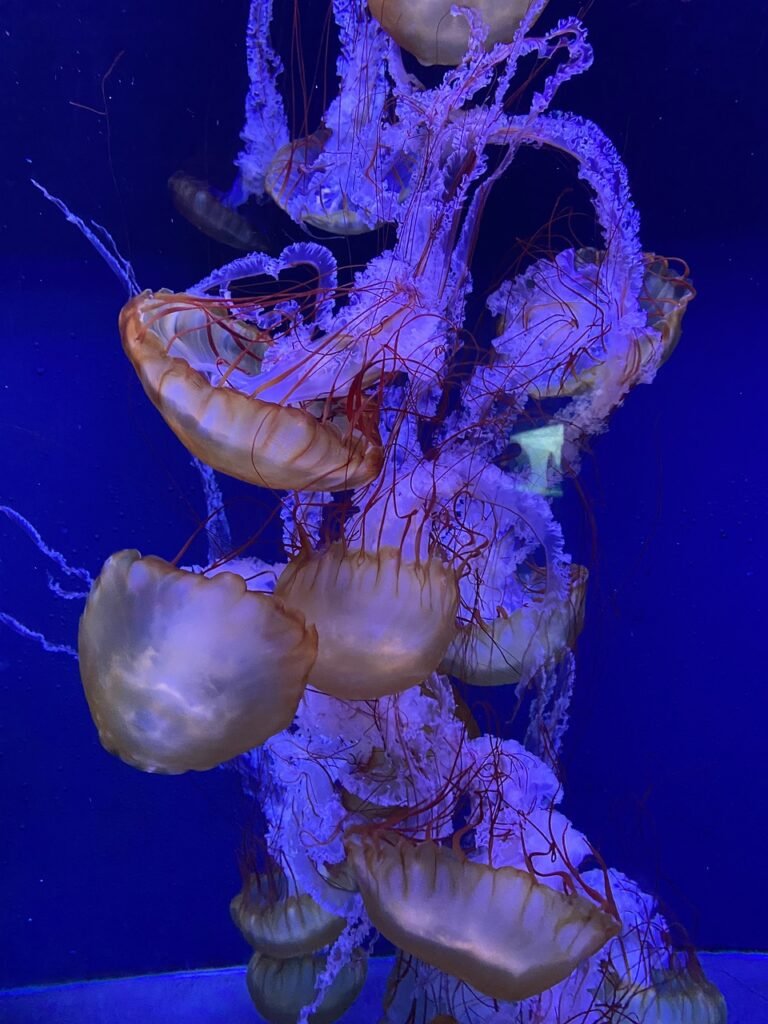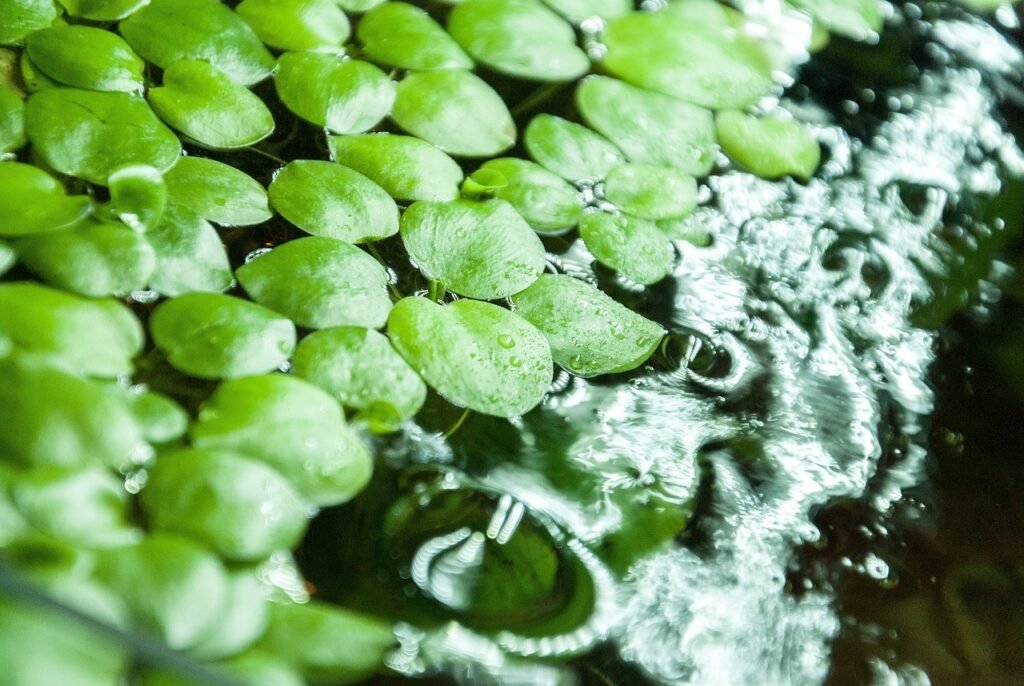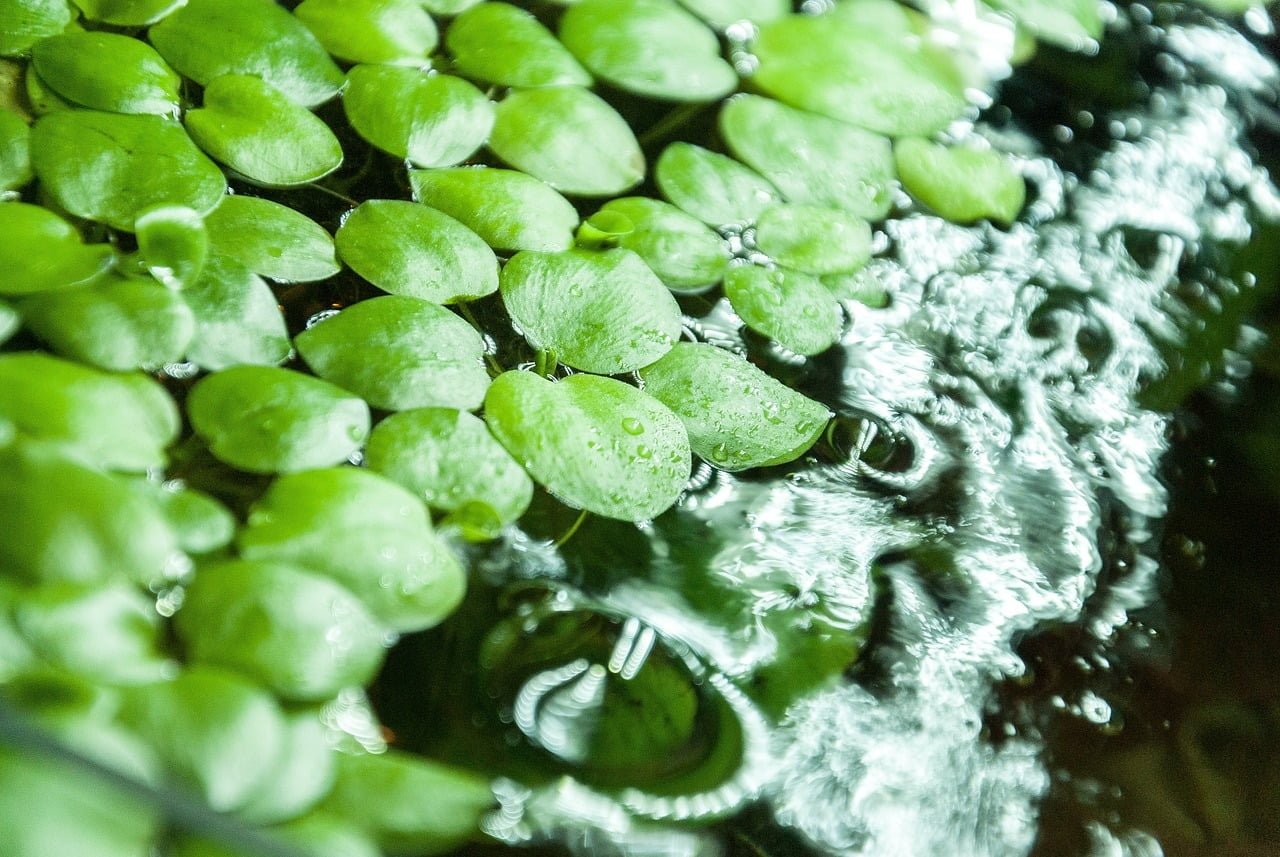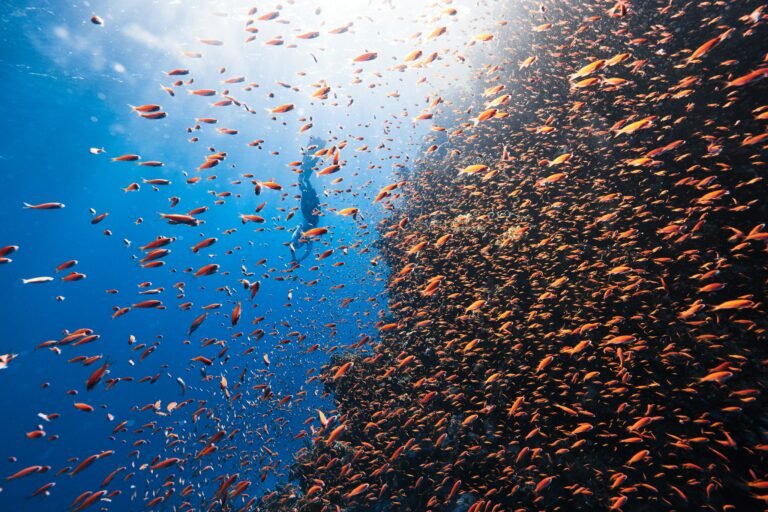Imagine making a tiny, beautiful underwater garden inside a glass box, called an aquarium. In “Mastering Aquascaping with Rocks: A Guide to Natural Aquarium Design,” you will learn how to use rocks to create amazing, natural scenes in your fish tank. This guide will tell you why using rocks is a great idea, how people have done it in the past, and what cool new ways people are doing it now. You’ll learn the different types of rocks and how to arrange them to make your aquarium look like a magical, underwater world. Some parts will show you real-life examples, and others will give you tips for the future, making your aquarium a wonderful home for your fish. Have you ever wondered how to make an aquarium look as beautiful as the ones you see in books or at the pet store? One of the secrets to creating a stunning aquarium is called aquascaping, and using rocks is a big part of it.
Aquascaping is all about designing your aquarium to look like a natural underwater world. It’s a bit like gardening, but underwater. This guide will help you understand how to master aquascaping using rocks, so you can create a beautiful and natural home for your fish and plants.

What is Aquascaping?
Before we dive into the details, let’s talk about what aquascaping is. Simply put, aquascaping is the art of designing and arranging underwater landscapes in your aquarium. Think of it like painting or building with your hands, but underwater.
Why Use Rocks?
Rocks play a very important role in aquascaping:
- Provide Structure: Rocks help create the structure and foundation of your underwater landscape.
- Hideaway Spots: They offer hiding places for your fish, making them feel safe.
- Natural Look: Rocks make your aquarium look more like a natural habitat.
A Brief History of Aquascaping
Aquascaping isn’t a new thing. People have been arranging underwater plants and decorations for hundreds of years. Originally, it was just about putting pretty plants and ornaments into a fish tank.
The Modern Aquascaping Movement
In the 1990s, a man named Takashi Amano from Japan became very famous for turning aquascaping into an art form. He used special kinds of plants and rocks to create beautiful underwater landscapes.
Current Trends in Aquascaping
Today, aquascaping has become very popular all around the world. People are always trying new things to make their aquariums look even better. Let’s talk about some of those trends.
Natural Designs
One popular trend is to make the aquarium look as natural as possible. This means using rocks, wood, and plants that you might find in real rivers and lakes.
Minimalist Styles
Another trend is minimalist aquascaping. This style uses fewer plants and decorations, making the aquarium look simple but beautiful.
Key Concepts and Definitions
To help you understand better, here are some key terms you will need to know:
Hardscape
The hardscape refers to the non-living things in your aquarium, like rocks and driftwood. These are the main building blocks of your design.
Substrate
The substrate is the material at the bottom of your aquarium. It can be gravel, sand, or special soil for plants.
Aquatic Plants
These are plants that can live underwater. They help create a natural look and also provide oxygen for the fish.

Getting Started with Rocks
Picking the right kind of rocks is the first step in mastering aquascaping. There are many different kinds of rocks you can use, and each one has its own special look.
Types of Rocks
Here are some common types of rocks used in aquascaping:
| Rock Type | Description |
|---|---|
| Slate | Dark-colored, flat rocks that can create a layered look. |
| Lava Rock | Porous and lightweight, great for creating caves and hiding spots. |
| River Rock | Smooth and rounded, perfect for a natural, flowing look. |
| Seiryu Stone | Popular in Japanese aquascaping, known for its blue-grey color and texture. |
How to Choose Rocks
When choosing rocks for your aquarium, make sure they are safe for your fish. Some rocks can change the water chemistry, which might not be good for your fish.
Tip: Always wash the rocks thoroughly before putting them in your aquarium to remove any dirt or harmful substances.
Designing Your Layout
Now that you know about the types of rocks, it’s time to start designing your layout. This is where your creativity can really shine!
The Rule of Thirds
One common trick in aquascaping is the “Rule of Thirds”. This means dividing your aquarium into three equal parts and placing your main rocks or decorations along these lines. This makes the layout more balanced and pleasing to the eye.
Creating Depth
To make your aquarium look bigger and more interesting, try to create depth. You can do this by putting larger rocks towards the back and smaller rocks towards the front.

Planting with Rocks
Once you have your rocks in place, it’s time to add plants. Different plants have different needs, so it’s important to choose wisely.
Choosing Plants
Here are some easy-to-grow plants that work well with rocks:
| Plant Name | Description |
|---|---|
| Java Fern | Hardy and easy to care for, can be tied to rocks. |
| Anubias | Slow-growing plant that also attaches well to rocks. |
| Cryptocoryne | Adds a splash of color and grows well in different conditions. |
| Bucephalandra | Known for its attractive leaves and ability to grow on rocks. |
Planting Techniques
You can attach plants to rocks using special aquarium-safe glue or fishing line. This helps the plants stay in place and grow properly.
Tip: Make sure to trim your plants regularly to keep them healthy and looking nice.
Example 1: Creating a Forest Floor
Let’s talk about a specific example to help you understand better. Imagine you want to create an underwater forest floor.
Step-by-Step Guide
- Choose Your Rocks: Pick some slate and river rocks.
- Place the Substrate: Add a layer of aquarium soil.
- Arrange the Rocks: Place the slate rocks upright to mimic tree trunks and scatter river rocks around the base.
- Add Plants: Use java ferns and anubias around the slate to create a forest look.
- Finishing Touches: Add some moss to the rocks to make it look even more natural.

Example 2: Building a Mountain Landscape
Now let’s create a mountain landscape. This will be a bit different but just as beautiful.
Step-by-Step Guide
- Choose Your Rocks: Use Seiryu stones for a mountainous look.
- Place the Substrate: Add a layer of sand to mimic a riverbed.
- Arrange the Rocks: Place larger Seiryu stones towards the back to create a mountain and smaller ones in the front for perspective.
- Add Plants: Use small plants like Bucephalandra and Cryptocoryne around the base of the rocks.
- Finishing Touches: Add some tiny pebbles to make it look more realistic.
Comparing Different Styles
Different people have different ways of aquascaping. Let’s look at some of these styles and the impact they have.
Japanese Style
Japanese aquascaping often uses the Iwagumi style, which focuses on rocks and minimal plants. This style is very clean and simple, but very beautiful.
Dutch Style
The Dutch style, on the other hand, focuses more on plants. It uses lots of different types and colors of plants to create a vibrant, garden-like look.
Impact of Styles
Both styles are beautiful in their own way and can make your aquarium look stunning. It all depends on what you like and the kind of look you want to create.

Future of Aquascaping
What does the future hold for aquascaping? Let’s talk about some exciting possibilities.
Sustainable Aquascaping
A big trend today is focusing on sustainability. This means using materials and plants that are healthy for the environment.
Technological Advancements
New technology is making it easier for people to create amazing aquascapes. Things like LED lighting and smart controllers help to mimic natural conditions better.
DIY Approaches
There is also a growing trend towards DIY (Do It Yourself) projects in aquascaping. More people are creating their own unique designs and sharing them online.
Implications of Aquascaping
Aquascaping isn’t just about making pretty fish tanks. It has bigger implications for our world.
Educational Value
Aquascaping can teach us a lot about nature and ecosystems. It’s a great way to learn about plants, fish, and how they interact.
Environmental Impact
By promoting sustainable practices, aquascaping can help to protect our natural waters. It encourages people to think about the environment and take care of it.
Conclusion
To recap, aquascaping with rocks is a fun and rewarding hobby that you can start today. By understanding the basics, choosing the right materials, and using your creativity, you can create a beautiful underwater world.
Final Thought
Have you ever thought about creating your own underwater landscape? With a little bit of effort, you can turn your aquarium into a stunning piece of art that your fish will love to live in.
Engagement
Feel free to share your own aquascaping tips or ask questions in the comments below. Happy aquascaping!
Credible Sources
- “The Art of Aquascaping” by Takashi Amano
- Websites: Aquasabi, The Green Machine
- Articles: “The Science Behind Aquascaping” in Aquatic Gardening Magazine



